Cycling is more than just a test of endurance—it’s a balance of energy, strength, and strategy. Whether you're a casual weekend rider or a serious cyclist training for long-distance events, your diet plays a crucial role in how well you perform and recover. Understanding how to fuel your body properly before, during, and after cycling can make the difference between an enjoyable ride and a grueling one. This guide explores how to properly fuel your body before, during, and after cycling, ensuring maximum benefits from every ride.
The Importance of Proper Nutrition for Cyclists
Your body is like a machine; what you put into it determines how well it performs. For cyclists, maintaining adequate nutrient intake is crucial for optimal performance. Food provides essential nutrients such as carbohydrates, fats, and proteins.
During a ride, the body primarily uses carbohydrates and fats as energy sources. Carbohydrates are quickly converted into glucose, replenishing glycogen stores and providing immediate energy, making them ideal for high-intensity cycling. Fats become more important during low-intensity rides, offering sustained energy over longer periods. Although protein isn't a primary energy source, it's vital for preventing muscle breakdown. Therefore, consuming protein-rich foods after a ride aids in muscle recovery.
Key Nutrients for Cyclists:
- Carbohydrates: The main fuel source, providing quick energy and supporting endurance.
- Protein: Essential for muscle repair and recovery after intense rides.
- Fats: Important for sustained energy during longer rides.
- Vitamins & Minerals: Replenish lost nutrients and enhance cycling efficiency.
- Hydration: Crucial for transporting nutrients, aiding digestion, maintaining body temperature, and preventing fatigue.
Without proper nutrient intake, the body lacks the motivation and energy needed for activities like cycling. Research shows that cycling performance is closely tied to nutritional strategies, particularly carbohydrate intake. Consuming high amounts of carbohydrates boosts glycogen stores, which serve as the body's primary energy supply.

A study published in the Journal of Applied Physiology discovered that changes in daily carbohydrate intake influenced endurance performance and metabolic adaptations. Following a six-day training period, a high-carbohydrate diet significantly enhanced cycling performance by approximately 28%.
| Group | Pre-Ride Glycogen Levels (mmol/kg) | Performance Improvement (%) |
|---|---|---|
| High-Carb | 120 | 6 |
| Low-Carb | 80 | 6 |
| Low-Carb | 80 | 6 |
Carbohydrate Intake and Performance
Protein can enhance recovery when combined with carbohydrate intake. Research indicates that consuming carbohydrates and protein together after intense cycling can improve time trial performance by 8.5% and sprint performance by 3.7%, compared to consuming carbohydrates alone.
| Group | Time Trial Performance Improvement (%) | Sprint Performance Improvement (%) |
|---|---|---|
| Carbs Only | 5 | 0 |
| Carbs + Protein | 8.5 | 3.7 |
Post-Ride Recovery and Performance
A study on endurance-trained older athletes revealed that supplementing with a vitamin and mineral complex improved cycling efficiency after fatigue by minimizing changes in muscle activity linked to reduced efficiency.
A well-planned nutritional strategy, including carbohydrate intake, protein consumption, and vitamin and mineral supplementation, is an effective way to enhance cycling performance.
How to fuel your ride with the right diet
The energy consumed during a ride is directly related to its length. To maintain performance, it's crucial to keep your nutritional and energy levels up throughout the ride, ensuring that nutrients are circulating effectively in your body. A well-balanced nutritional program can help sustain cycling energy and promote overall cycling health.
When designing a nutritional program, remember that it should be tailored to the individual. There is no one-size-fits-all approach. A person's metabolism significantly affects how many carbohydrates they burn during a ride. For example, someone with a lower oxygen uptake will burn more carbohydrates under the same conditions compared to a rider with a higher oxygen uptake.
Before Riding
Before your ride, opt for a meal rich in complex carbohydrates and moderate in protein. This helps maintain your glycogen reserves, which are crucial for sustaining energy levels during cycling. Without sufficient energy reserves, you may become physically fatigued and ride less efficiently. Whole grains like quinoa, oats, and brown rice, along with whole grain pasta, starchy vegetables such as sweet potatoes and carrots, and fruits like bananas and apples are excellent choices. It's best to eat your pre-cycling meal 2 to 4 hours before riding to allow for proper digestion and integration into your energy stores, minimizing digestive discomfort during the ride.

If you're still full or planning a short ride (30 minutes or less), you might not need a meal. However, having a snack before riding can effectively boost your energy levels and reduce post-ride hunger. Tailor your choice based on your individual needs.
During Riding
During cycling, the body's carbohydrate reserves can support about 90 minutes of intense endurance training. To maintain sustained activity, it's crucial to replenish these reserves in time. Riders should prioritize consuming fast-digesting carbohydrates and electrolytes. For longer rides, adding a small amount of protein can help prevent muscle breakdown and boost endurance. Convenient options for immediate replenishment include nuts, bananas, or energy bars.

To relieve fatigue and boost efficiency during cycling, it's essential to replenish mineral and electrolyte solutions in a timely manner. This helps replace the water and essential elements lost during exercise, ultimately enhancing your cycling performance
After Riding
After a long ride, it's essential to replenish your body's energy and restore your muscles. To do this, combine carbohydrates and proteins to replenish glycogen stores. Good food choices include bananas, spinach, protein powder, and cereal. For protein, consider chicken and fish.
How to properly plan your diet
- Meal Planning Based on Workout Duration
Calorie and nutritional needs for cycling vary based on body size, age, gender, and health level. Since carbohydrates are the body's main energy source, focusing on carbohydrate intake is crucial when planning meals. The amount of carbohydrates you consume should be tailored to the length of your planned workout. Use the following supplementation plan as a guide to personalize your meal plan.
Above 30min ride or shorter: have about 30grams of carbohydrates.
30-60min ride: have about 45 grams of carbonhydrates
60min ride or longer: have about 60 grams of carbohydrates.
- Supplement with Easy-to-Digest Carbohydrates
When preparing for a ride, reduce your intake of stimulating foods like spicy and sour options, and avoid high-fat foods that can cause indigestion. Instead, opt for easy-to-digest carbohydrates, which are ideal for energy supplementation before cycling. Examples include bananas and sweet potatoes.
- Timely Replenishment Within One Hour After Riding
After completing a ride, it's crucial to replenish nutrients within an hour to aid muscle recovery. During this time, glucose is more easily absorbed and can be converted into glycogen for energy storage. A combination of carbohydrates and protein is recommended for enhanced energy and muscle recovery. Food choices can be bananas, spinach, protein powder and cereal, etc. Common protein foods are chicken, fish, eggs and tofu.

Supplementation Formula:
Protein: 0.3 grams per kilogram of body weight
Carbohydrates: 0.8 grams per kilogram of body weight
- Replenish Water at Any Time
During exercise, sweat evaporates, which can lead to dehydration and electrolyte imbalances. It's crucial to stay hydrated throughout your ride. Monitor your hydration by paying attention to your thirst, urination frequency, and urine color.
To maintain optimal hydration, aim to drink 500-700 ml of fluid per hour, adjusting this amount based on the riding conditions and your sweat rate. In addition to plain water, electrolyte-rich drinks are essential. Alternate between water and electrolyte beverages to prevent dehydration.
- Riding on an Empty Stomach and Fasting After Riding Are Not Recommended
Riding on an empty stomach has become a popular trend, but it poses significant challenges. Performing high-intensity exercise without sufficient energy stores can be difficult. Over time, this can stress the body and negatively impact the immune system, among other issues. If glycogen reserves are not replenished promptly after riding, it may hinder muscle repair and growth, lead to fatigue, and exacerbate symptoms like muscle tenderness and pain.
Physical activities & healthy diets
Socio-environmental climate change and the rise in chronic diseases have led to a greater appreciation of low-carbon and healthy lifestyles. For instance, people are increasingly opting for walking or cycling to enhance both environmental and personal health benefits. In addition to the positive effects of exercise on chronic disease, a healthy diet can also have indirect benefits.
In the UK, walking and cycling trips are recommended as key strategies to boost physical activity among the population. Adults are advised to follow a predominantly plant-based diet, making up about two-thirds of their intake, and include some meat to help prevent chronic diseases
A study has found a strong link between active travel, particularly cycling, and the consumption of a healthy, low-carbon diet. This suggests that these low-carbon health behaviors are interconnected. People who typically choose to travel by bicycle are more likely to increase their intake of fruits and vegetables, implying that active commuting often leads to healthier dietary choices, resulting in positive health outcomes.
Conclusion
Everyone has a different body type, so it's important to create a diet plan based on individual needs and goals. By properly fueling your rides with balanced meals and hydration, you can enhance your endurance, improve recovery, and maximize your cycling efficiency. Whether you're aiming for longer distances or faster speeds, the right diet can make all the difference. Plan ahead, eat smart, and pedal strong!
FAQ
Q:What should I eat the night before a long ride?
A:A balanced meal with carbs, proteins, and healthy fats, like pasta with grilled chicken and vegetables.
Q: How much water should I drink while cycling?
A: Aim for 500-750ml per hour, adjusting for weather conditions.
Q: Are energy gels necessary for cycling?
A: They are useful for long rides but not essential for shorter ones.
Q: Can I cycle on an empty stomach?
A: Fasted cycling can be beneficial for fat burning, but not ideal for intense rides.
Q: What are the best natural sources of electrolytes?
A: Coconut water, bananas, and leafy greens.


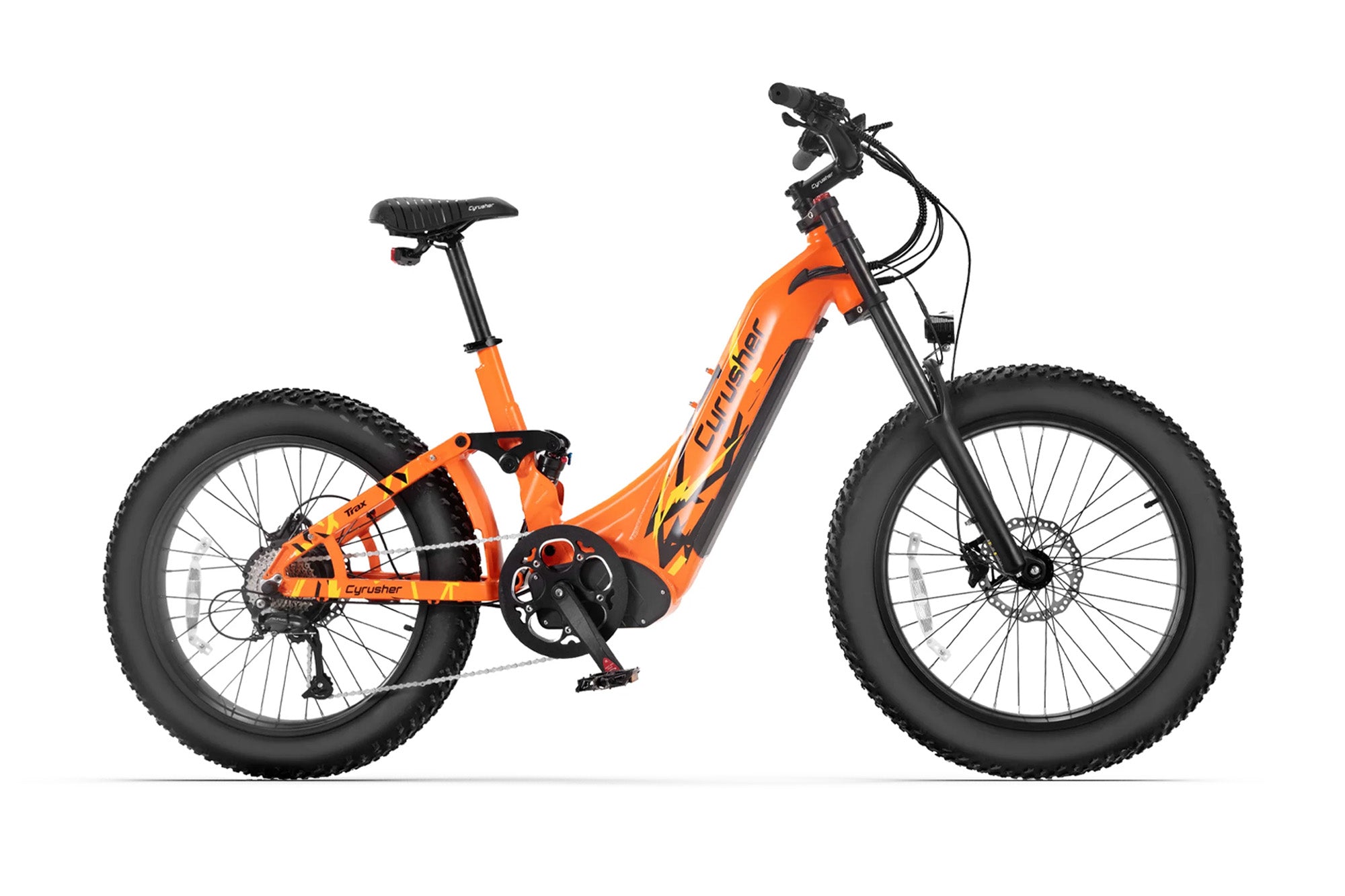
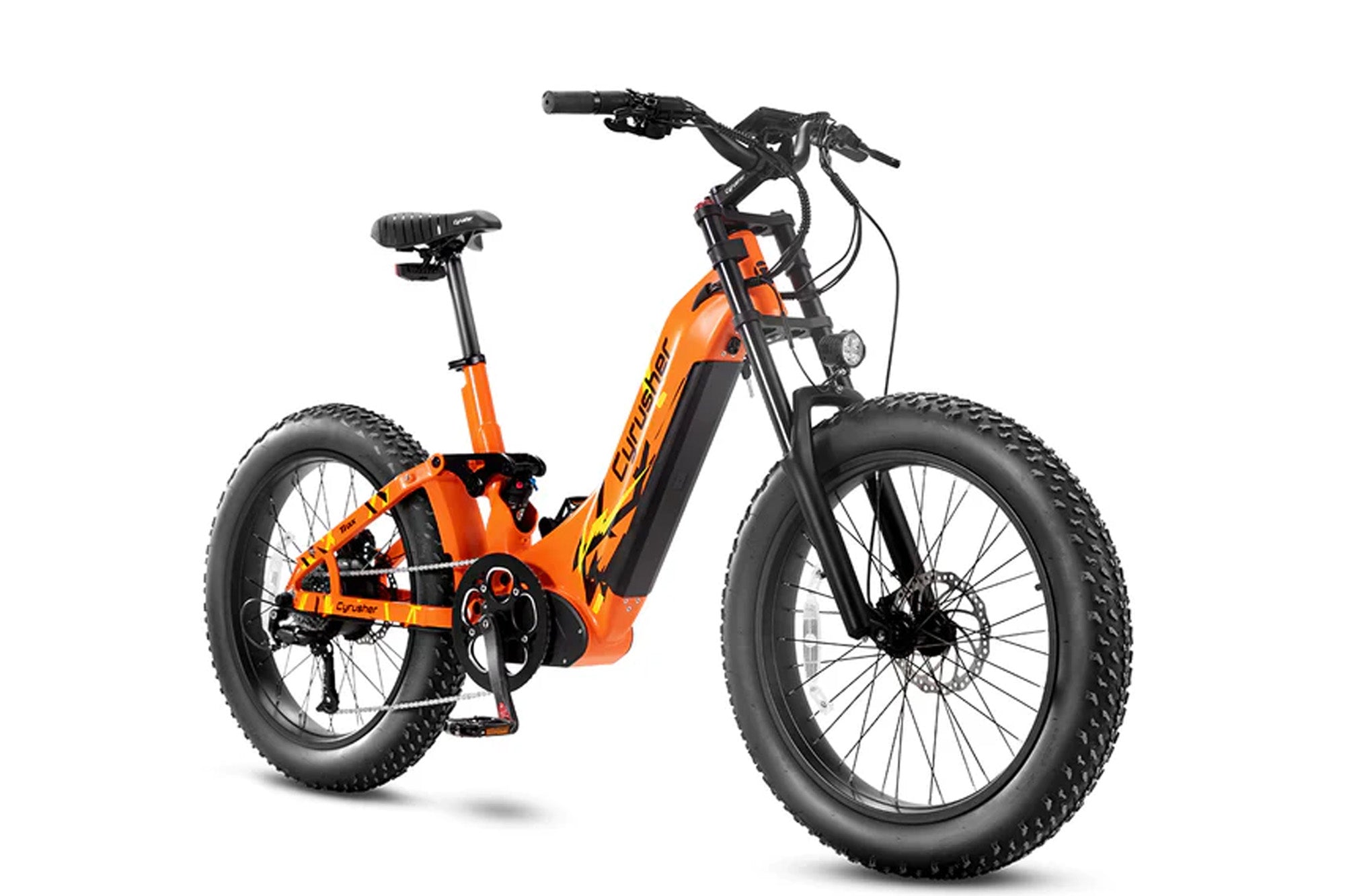
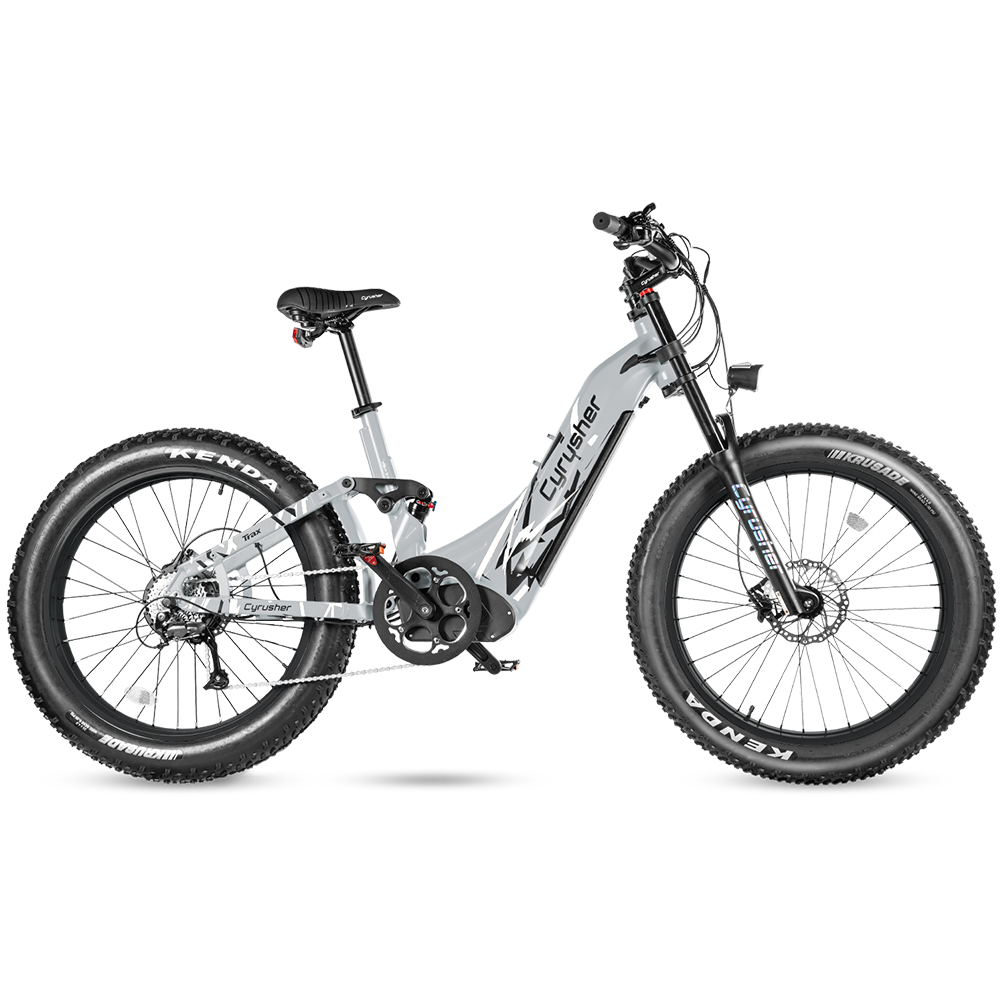
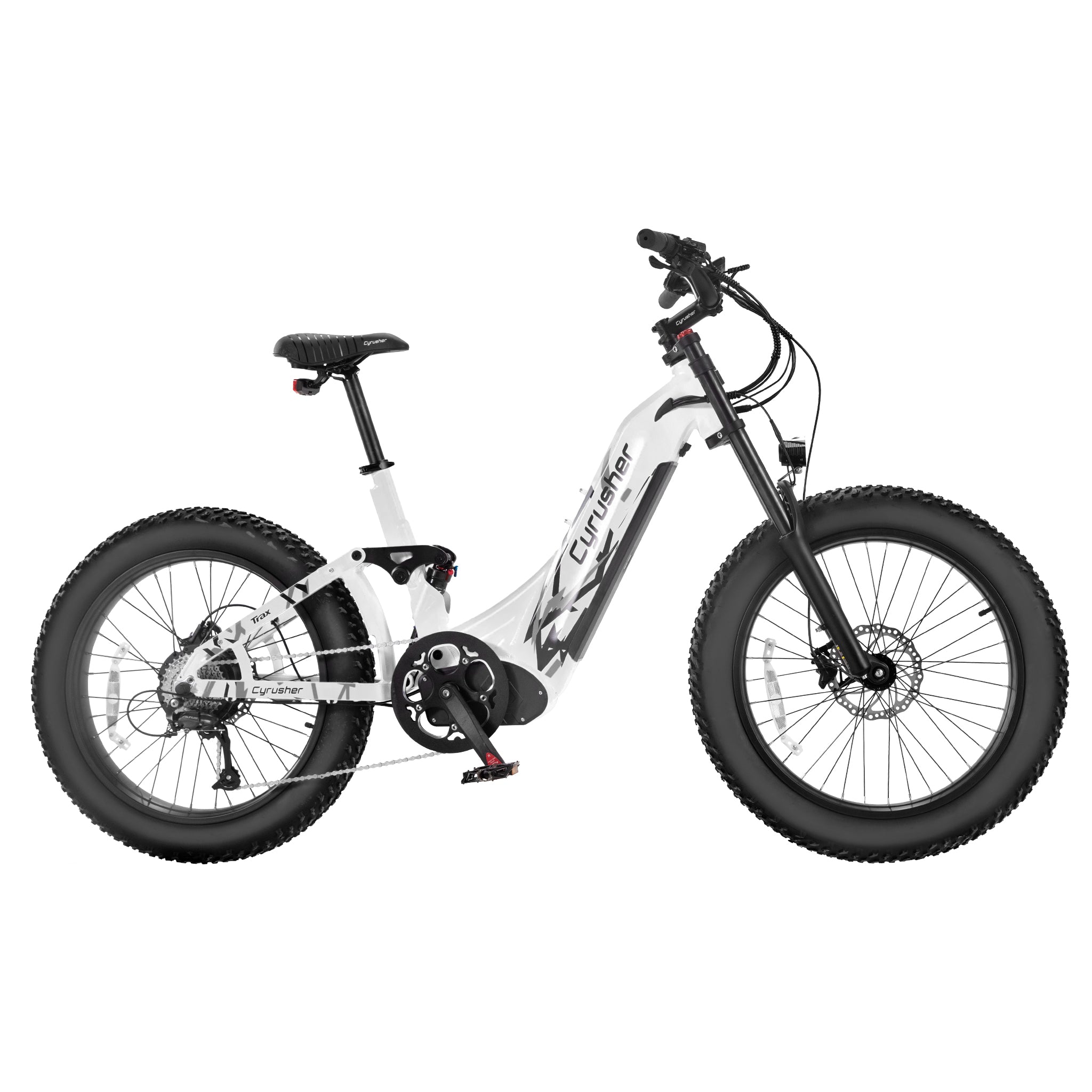
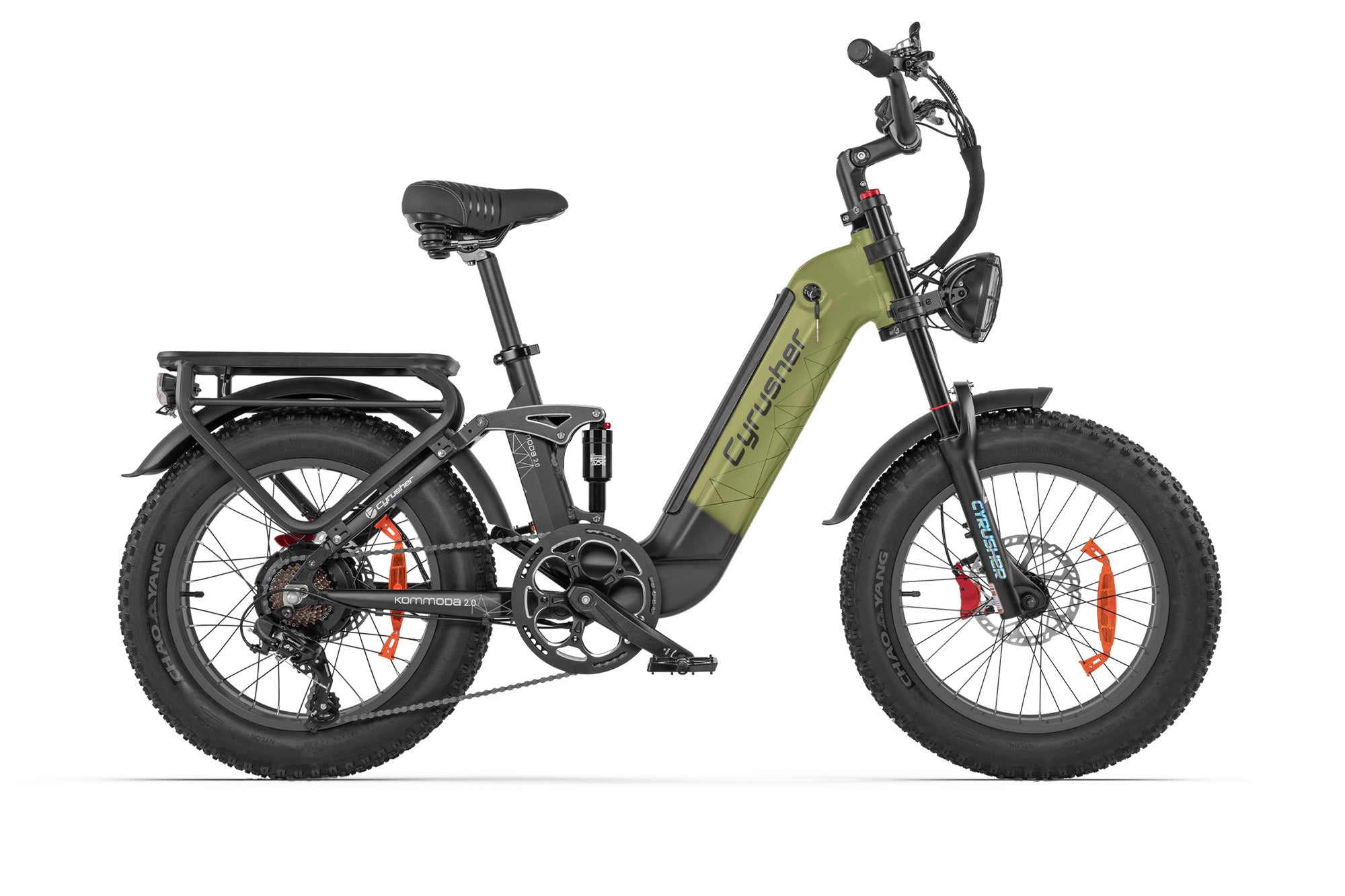
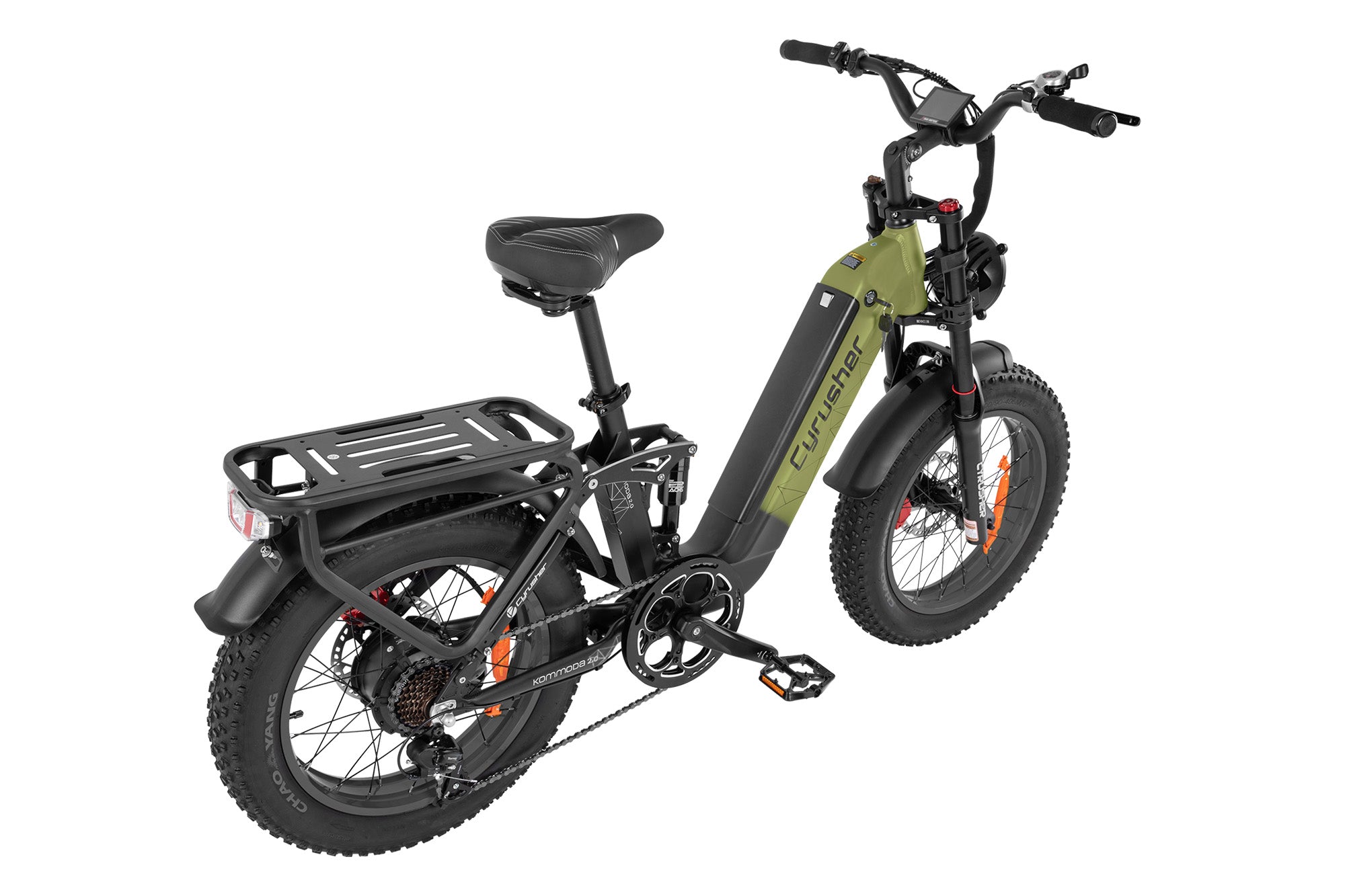
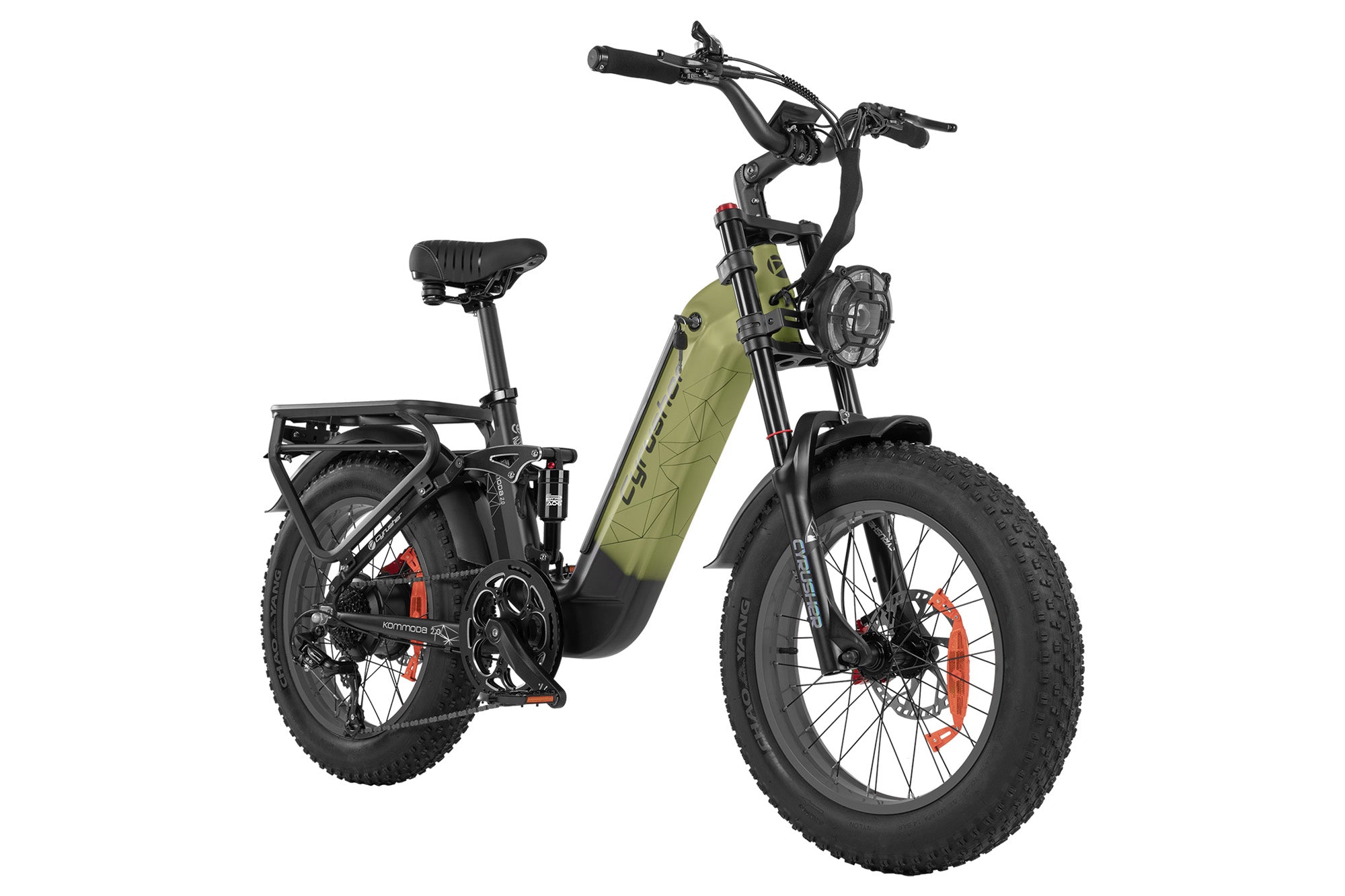
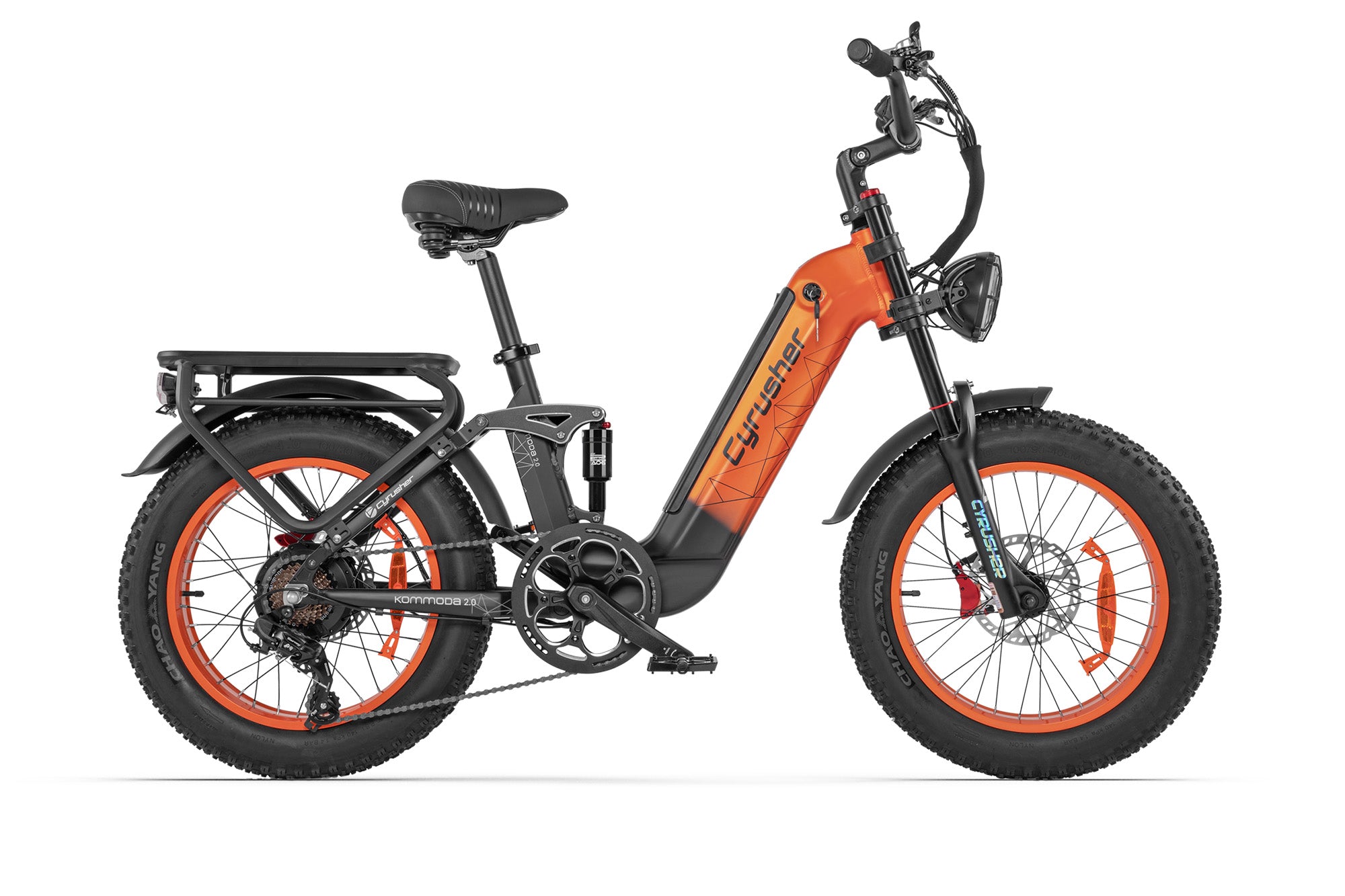

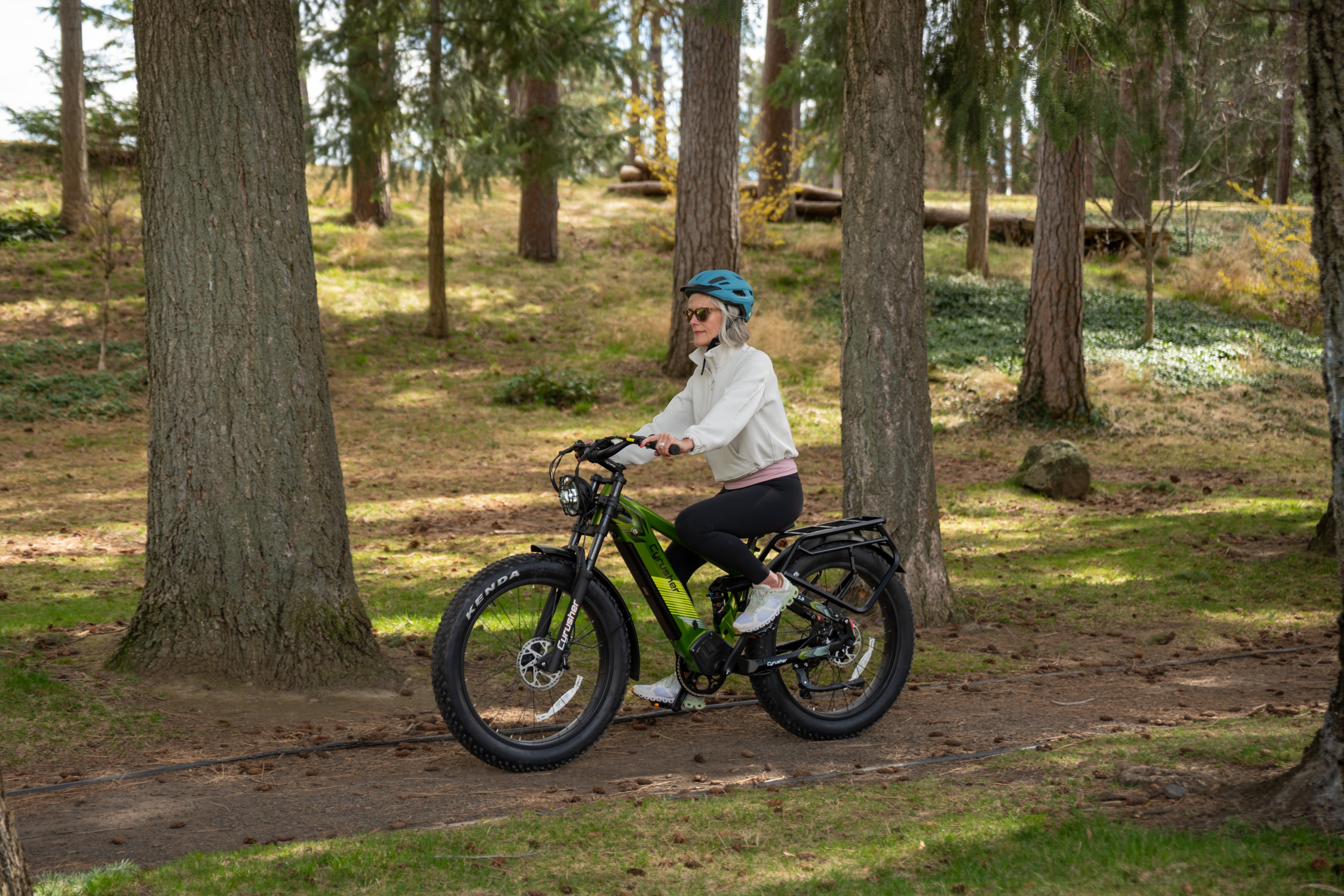


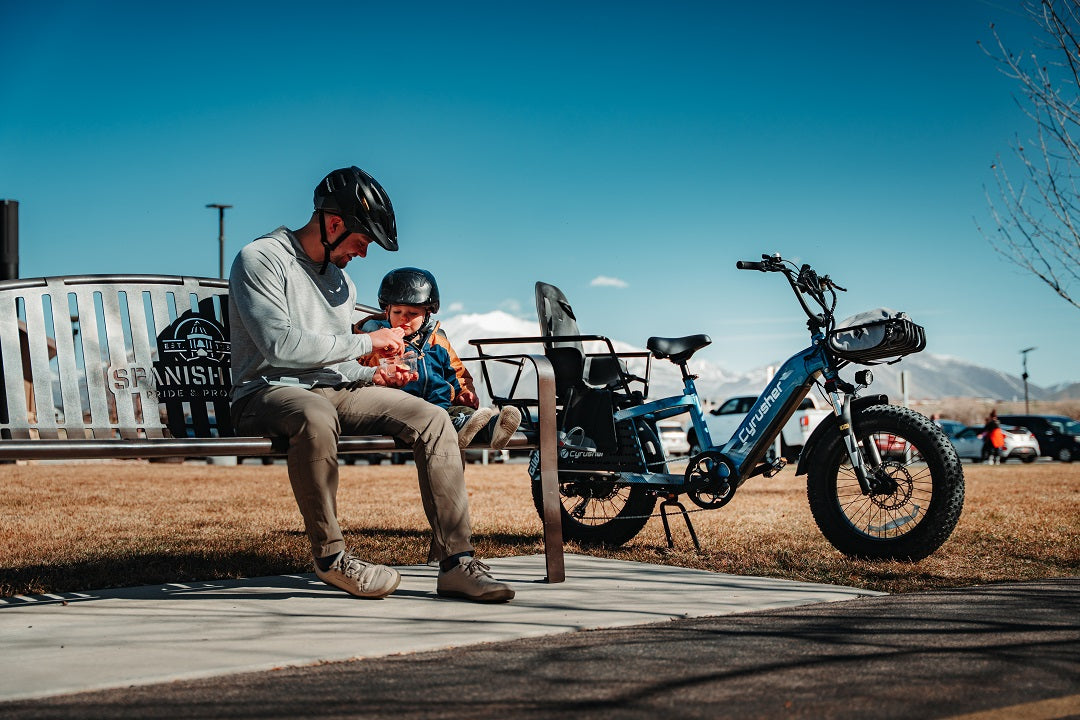
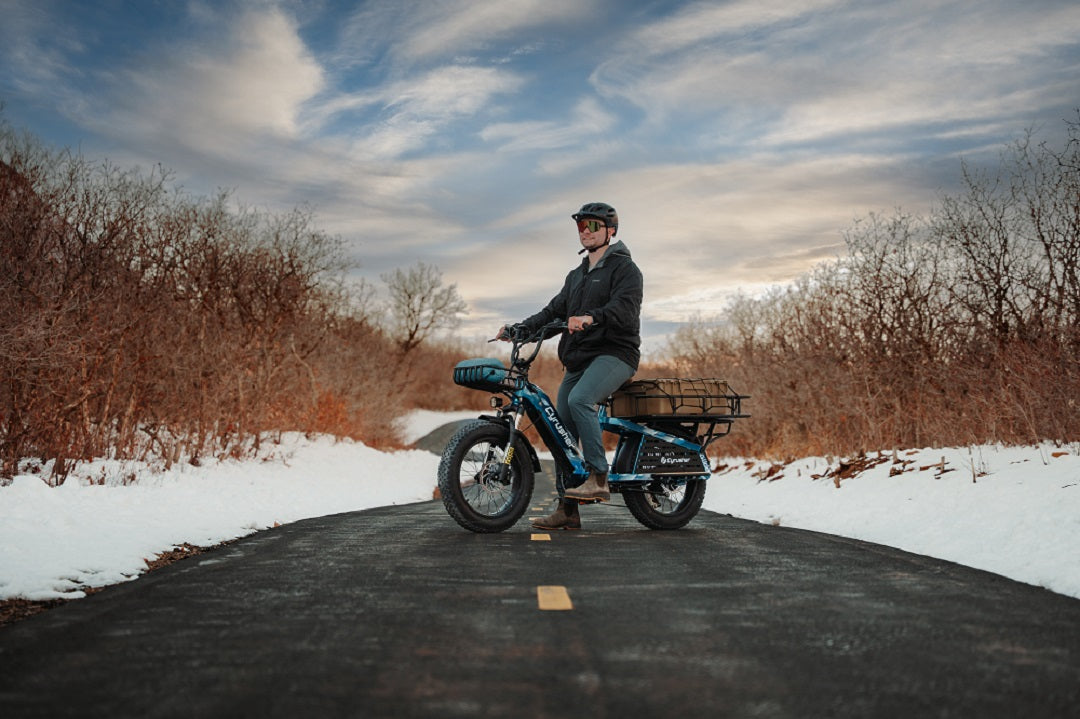
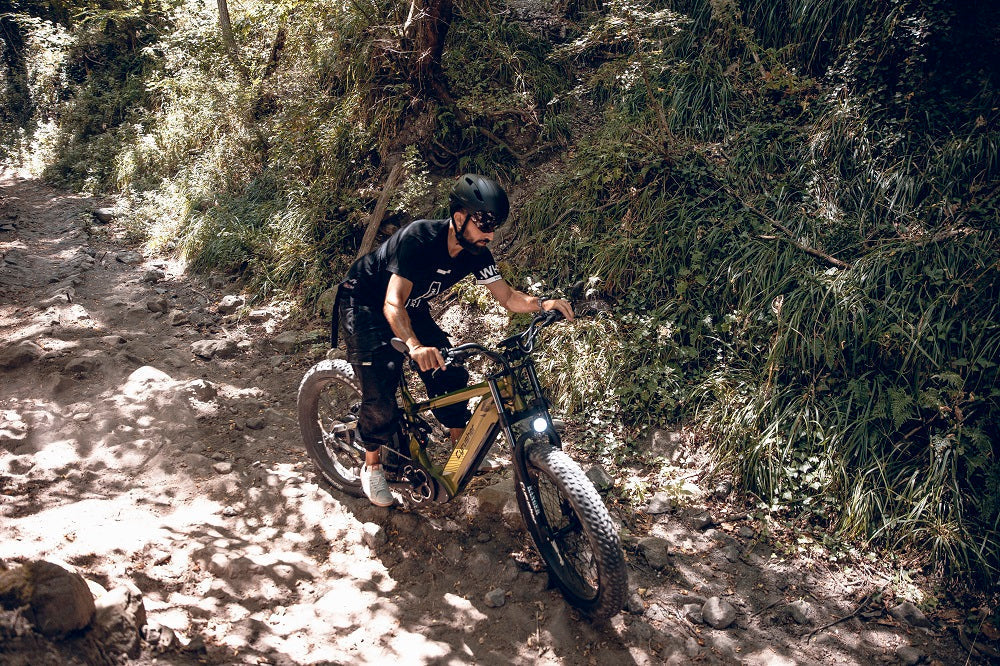
Share:
Why Now is the Best Time to Buy an Electric Bike